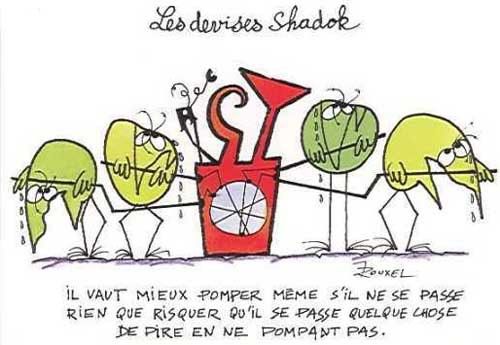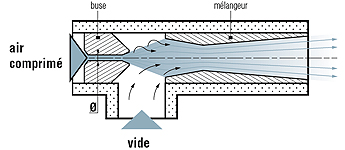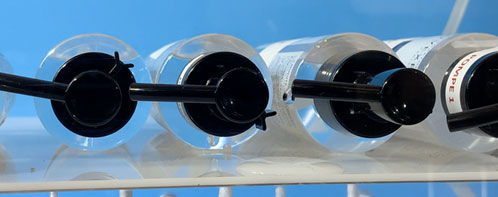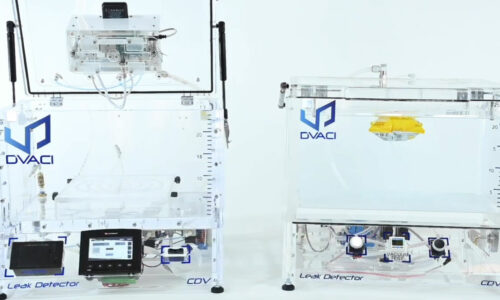What is emptiness? Lack of pressure? The nothing? Nothingness? Emptiness? According to the philosopher, engineer or physicist, the answer may vary. This article will therefore try to explain to you what vacuum really is and how it is possible to “do” it…
Several approaches can define vacuum
The density approach
When we want to evaluate the quantity of matter in a defined space, we use the scientific unit that is thedensity (which is measured in kilograms per cubic meter). If we consider emptiness as the absence of matter "heavy », to create the perfect vacuum therefore consists in having a density of 0 kilogram per cubic meter. But beware, just because there is no "heavy" matter does not mean that there is nothing at all as one might think…
The pressure approach
This notion of density being complex to evaluate, scientists prefer to use thepression which is in fact directly related to the density: for an ideal gas, the pressure is proportional to the temperature multiplied by the density P = Rho * R * T.
Where P is the pressure, Rho is the density, R a constant depending on the composition of the gas and T the temperature.
For information, the pressure is measured inpascal. A pascal is equivalent to a force of 1 newton applied to 1 m², as if we were placing a mass of 100 grams per square meter (on earth). Atmospheric pressure (about 1 bar) Equals 100 000 pascals, which corresponds to a mass of10 tons per square meter on earth!
When you are lying down, there is therefore a mass of about 10 tons of air on you but as inside your body there is an equivalent pressure, the exerted forces compensate each other and it is for this reason that we do not really feel these 10 tons of air ...
Another example, in a car tire inflated to 2 bars (2000 hectopascal), thedifferential pressure between the pressure in the tire and the pressure on the outside (about 1 bar/1000 hectopascal) is of 1 bar and then an equivalent force of 10 tons per square meter. Likewise, if you empty an enclosure (the perfect vacuum would correspond to a pressure equal to zero), there is a force of about 10 tons per square meter.
Conclusion: when you want to create a vacuum in an enclosure, the latter must be mechanically strong enough to withstand the pressure difference between the 2 sides of the walls.
This is why all our boxes are mechanically tested using material resistance software in order to absorb these stresses without problems.
How to empty ?
It’s quite simple, for those who knew them, you have to do like the Shadoks: Pump, Pump, Pump !

In order to create a vacuum, we must therefore pump the gas inside a closed and hermetic enclosure… For this we will use a pump or a venturi effect.
Using a vacuum pump
There are different types of pump but we will not go into detail here, each with its own characteristics for different vacuum qualities. They can be used only during the “pumping” phase or “only to maintain the vacuum”. Indeed, it is not enough to make the vacuum once and to put a stopper to maintain the vacuum because all the materials "dégazent », that is, they naturally release molecules. This phenomenon decreases when the temperature decreases but nevertheless remains always present.. This is why the DVACI brand that we represent offers you boxes with an integrated vacuum regulator. The video below explains how it works.
The other technique for pumping gas inside the box is "the venturi effect"
Use of the venturi effect
In fact, this effect allows air to be sucked in using a continuous flow of air in a suitable pipe. As shown in the diagram below, the air is available on the company's compressed air network and this allows the gas present in the box to be sucked in.

Our chambers are therefore capable of generating vacuum via your compressed air network. This venturi effect works perfectly if the flow of compressed air entering is stable.



